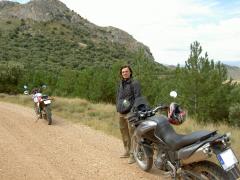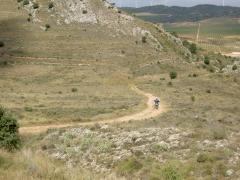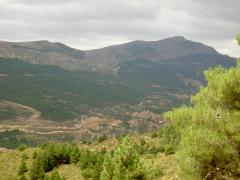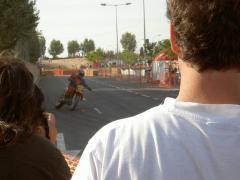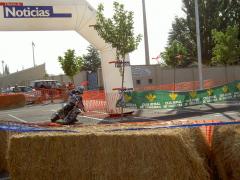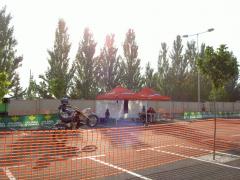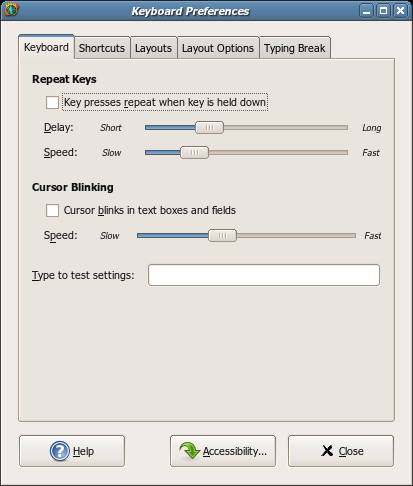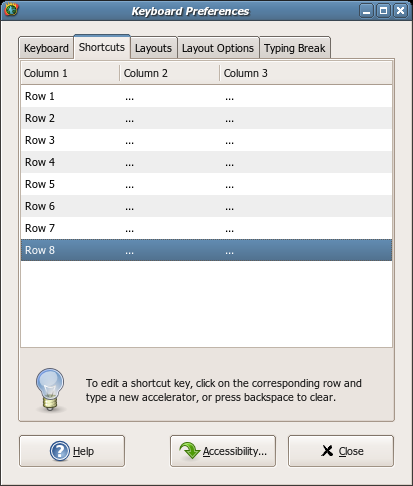#2 in the ‘photos I’ve been taking recently’ series, this time about Yerga, a few kms away from my house, in La Rioja (yeah, where they do the famous wine). It is a place with some peaks and, fortunately, some paths to get around them. I went, a few weekends ago, with Guelphon, a guy from Calahorra, and his Yamaha XT.
It was a very nice place, with some nice tracks for the motorbikes, but the last part of the route we did was a bit hard, going downhill on tracks plenty of stones, very slippery sand and huge holes, very bad place indeed for the tyres my motorbike has. For some of the way down, I was skating more than riding 🙂
Here are some views from the path that took us down the hill. You can see other tracks in one of the photos, that go up to the Peña Isasa (that’s the name of the peak). Unfortunately, those paths are closed during the summer, because of fire danger in the area, so we’ll have to wait till the Autumn to get around them. In the second photo you can see the last part of the downhill track, although you can’t appreciate the difficulty in the photos.
I almost falled down on my bike a couple of times, but fortunately, I managed to control it and not bite the dust. My friend Guelphon also had some problems, but managed to get to the valley safe and alive.
